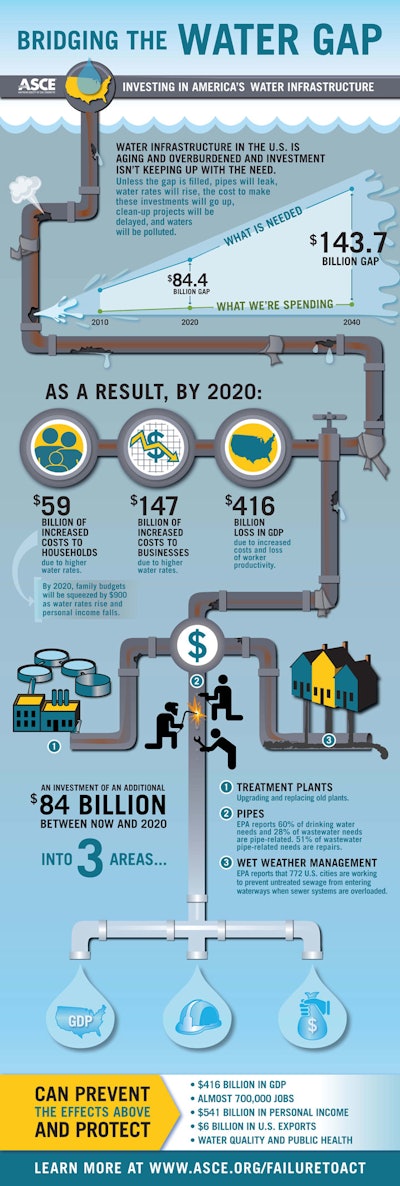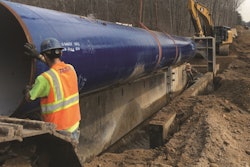
Why does it always seems to take a major crisis to draw attention to critical deficiencies in infrastructure investment? The latest is the water quality incident in Flint, MI. Nearly two years ago, the state chose to save money by switching Flint’s water supply from Lake Huron to the Flint River. The highly corrosive river water eroded the pipes, causing high levels of both iron and lead to leach into the water supply.
Despite obvious warning signs (brown water, anyone?), city and state officials continued to deny the problem until health officials confirmed the negative effects of the tainted water, including high levels of lead in Flint’s children. The city has since reverted back to Lake Huron as a water supply, but the damage to its pipes is already done and will take years and likely several million dollars to correct.
What happened in Flint is inexcusable, and litigation and criminal prosecutions are being pursued. Yet, the incident is just the tip of the iceberg. According to a recent report commissioned by the Michigan Infrastructure & Transportation Association, the state is under-investing in its drinking water infrastructure by $284 million to $583 million each year. In addition, from 2004 to 2013, communities in Michigan spent an average of $691 million each year on wastewater and stormwater infrastructure. The U.S. Environmental Protection Agency (EPA) estimates the need at approximately $2.14 billion, a figure some view to be low.
Report Exposes Serious Gaps in Michigan Water and Sewer Infrastructure Investment
Communities throughout Michigan face the challenge of updating and maintaining water and wastewater infrastructure largely built 50 to 100 years ago, with some dating back to the 1800s. Yet, the state isn’t alone. Aged and failing water and wastewater infrastructure is endemic across the country.
A survey released by the EPA in January showed that $271 billion is needed to maintain and improve U.S. wastewater infrastructure, including the pipes that carry wastewater to treatment plants, the technology that treats the water and methods for managing stormwater runoff. The survey covered only those projects that included a description and location of a water quality-related public health problem, a site-specific solution and detailed information on project cost. The $271 billion is also primarily for projects needed within five years.
There is clearly much that needs to be done. “Our nation has made tremendous progress in modernizing our treatment plants and pipes in recent decades,” stated Joel Beauvais, EPA’s Acting Deputy Assistant Administrator for Water, “but this survey tells us that a great deal of work remains.”
Prompted by Flint and similar incidents, legislation was introduced in the U.S. House of Representatives last month proposing a $20 billion wastewater infrastructure investment over five years. Funds would be available as low-interest loans to help states and communities address the most pressing infrastructure needs.
Though a substantial sum, the proposal falls well short of the nearly $40 billion estimated to be needed annually, and there is uncertainty whether it can survive in the current Congress — particularly during a presidential election year.
Yes, Flint, MI, was a painful lesson for many. But unfortunately, as history has shown, it may take far more brown water and sick children before legislators deliver even a fraction of the funds required.

















